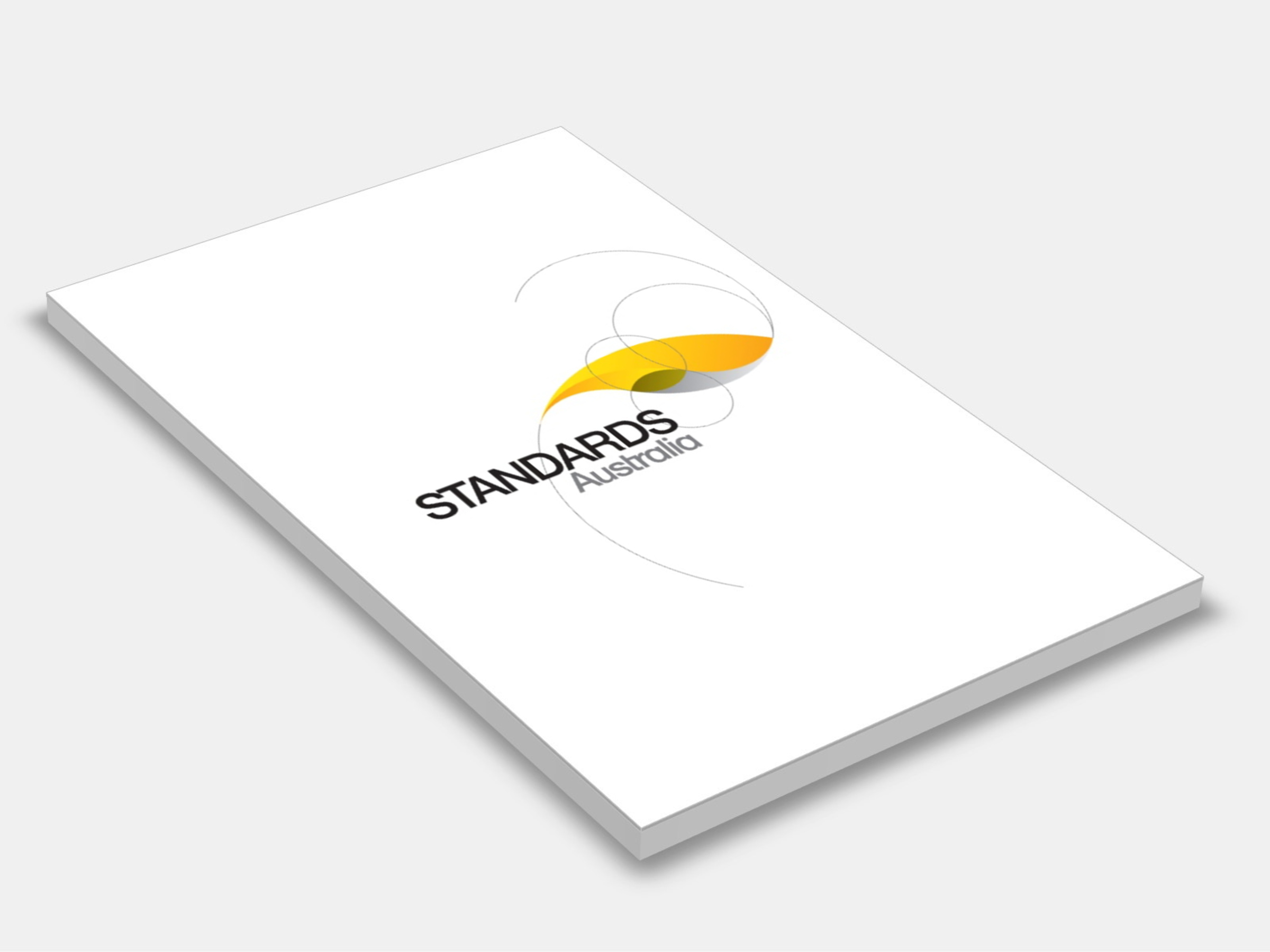
Type
Publisher
Standards Australia/Standards New Zealand
Publisher
Standards Australia/Standards New Zealand
Version:
First Edition 2019.
(Current)
Short Description
Specifies requirements for general installation and safety requirements for battery energy storage systems (BESSs), where the battery system is installed in a location, such as a dedicated enclosure or room, and is connected with power conversion equipment (PCE) to supply electric power to other parts of an electrical installation.
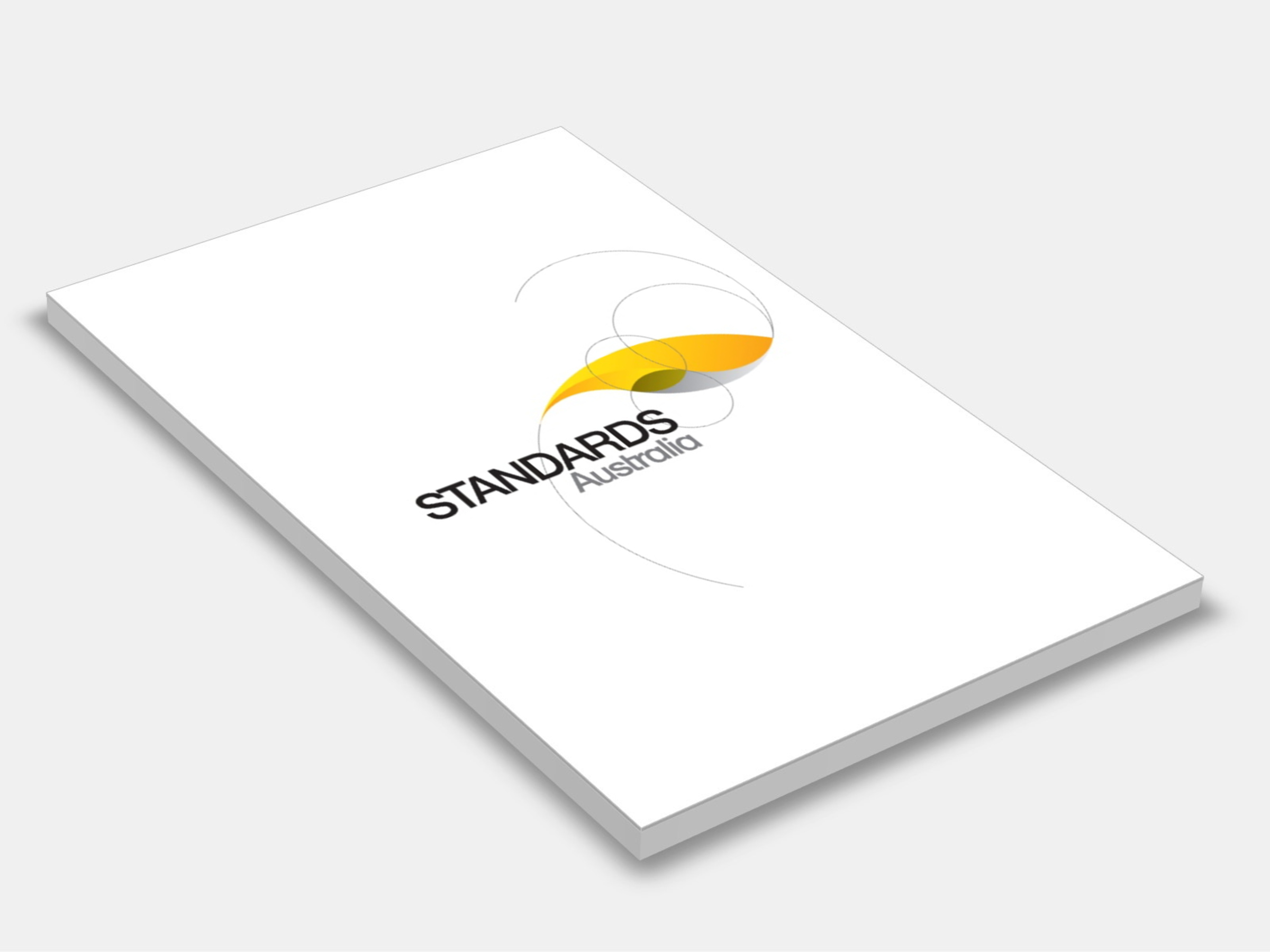
Type
Publisher
Standards Australia/Standards New Zealand
Publisher
Standards Australia/Standards New Zealand
Version:
First Edition 2016.
(Current)
Short Description
Specifies the electrical and general safety installation requirements for inverter energy systems (IES) up to or equal to 200kVA for the injection of electric power to an electrical installation connected to the grid at low voltage.
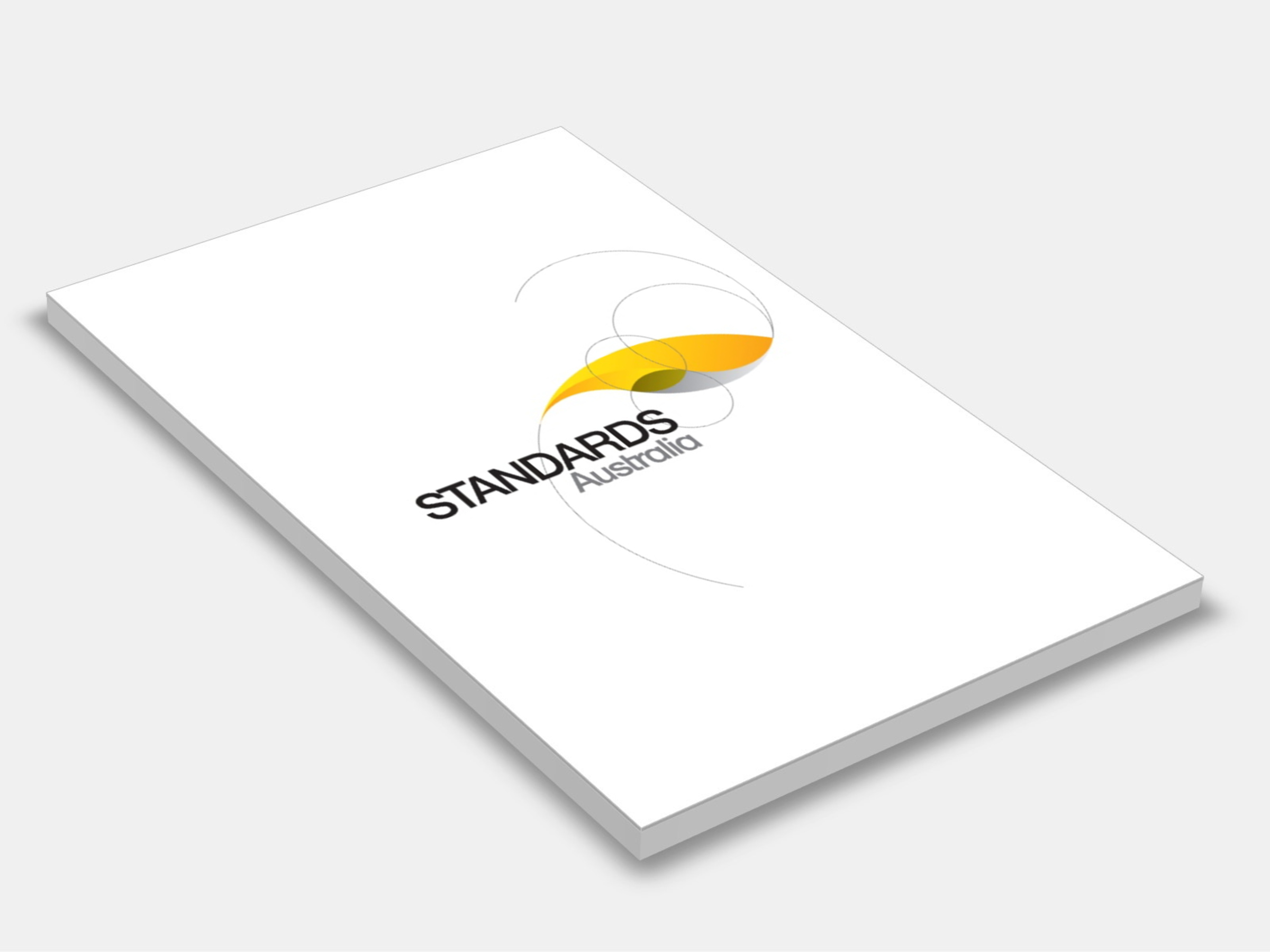
Type
Publisher
Standards Australia/Standards New Zealand
Publisher
Standards Australia/Standards New Zealand
Version:
First Edition 2004.
(Pending Revision)
Short Description
Provides a method whereby the frequency dependent values of airborne sound insulation of building elements and in building can be converted into a single number characterizing the acoustical performance; this Standard is identical with and reproduced from ISO 717-1:1996.

Type
Publisher
Standards Australia/Standards New Zealand
Publisher
Standards Australia/Standards New Zealand
Version:
Third Edition 2018.
(Current)
Short Description
AS NZS 3000 2018 (known as the Australian/New Zealand Wiring Rules) specifies requirements for the design, construction and verification of electrical installations, including the selection and installation of electrical equipment forming part of such electrical installations; part 1 provides provisions that constitute the minimum regulatory requirements for a safe electrical installation; part 2 provides work methods and installation practices that are ‘deemed to comply’ with the requirements of Part 1.
Type
Publisher
Australian Building Codes Board
Publisher
Australian Building Codes Board
Version:
2019 Am 1
(Superseded)
Short Description
Covering the design and construction of multi-residential, commercial, industrial and public assembly buildings.
Type
Publisher
Australian Building Codes Board
Publisher
Australian Building Codes Board
Version:
2019 Am 1
(Superseded)
Short Description
Covering the design, construction and maintenance of plumbing and drainage systems in new and existing buildings.
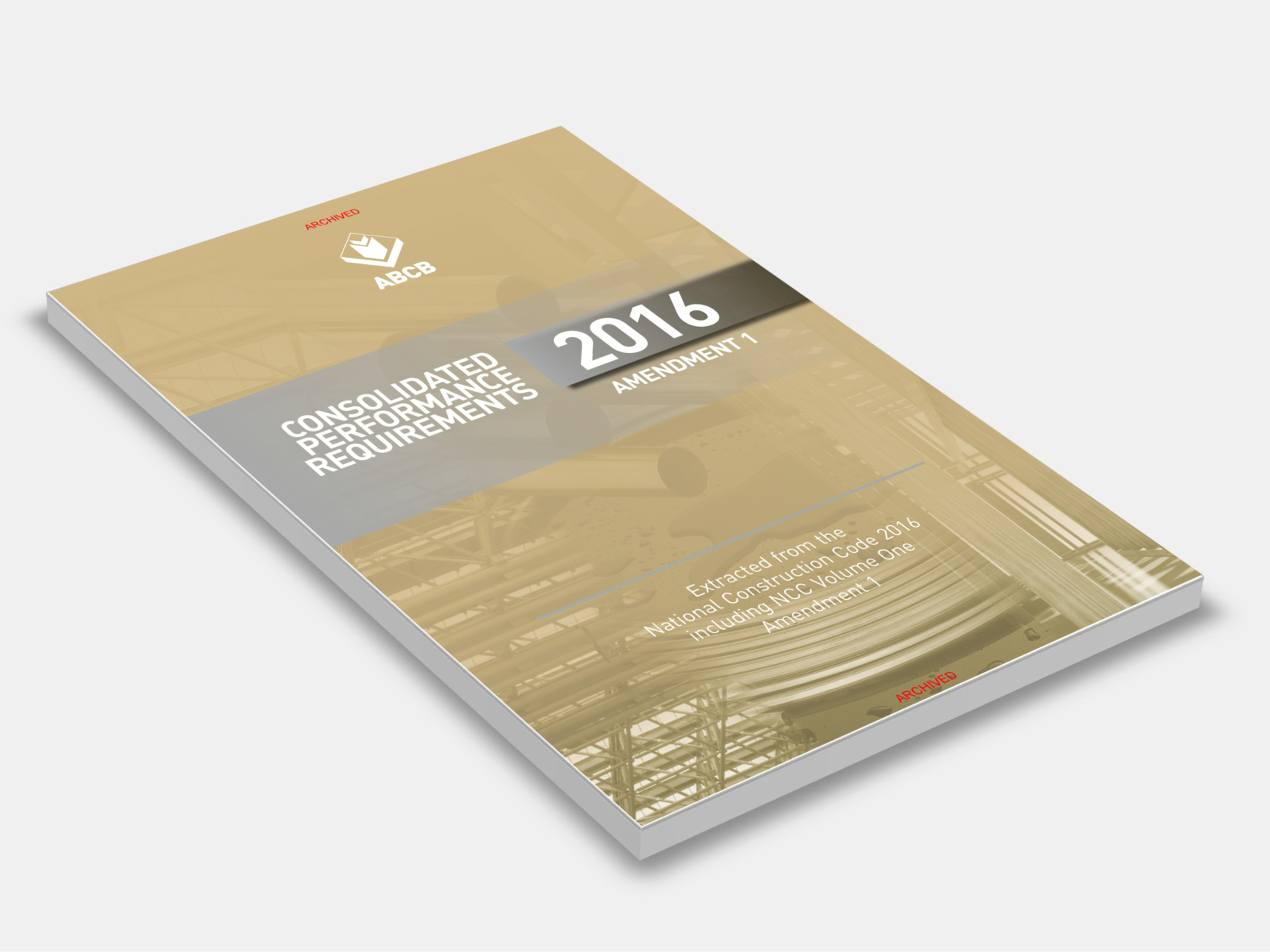
Type
Publisher
Australian Building Codes Board
Publisher
Australian Building Codes Board
Version:
2018.
(Superseded)
Short Description
Provides a compilation of all NCC Performance Requirements and the supporting General Requirements.
Type
Publisher
Australian Building Codes Board
Publisher
Australian Building Codes Board
Version:
2019 Am 1
(Superseded)
Short Description
Covering the design and construction of smaller scale buildings including houses, small sheds, carports and some associated structures.
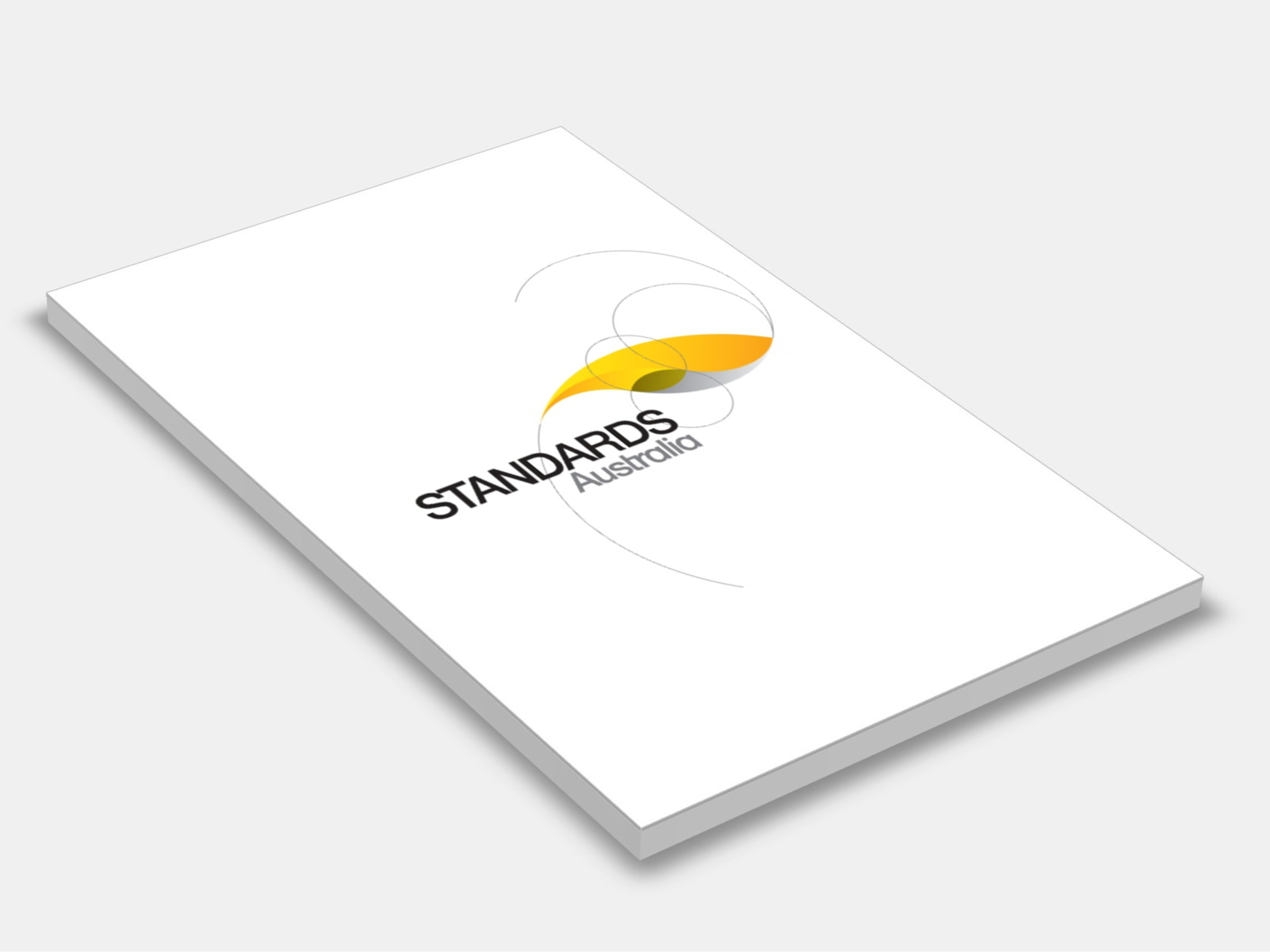
Type
Publisher
Standards Australia/Standards New Zealand
Publisher
Standards Australia/Standards New Zealand
Version:
First Edition 2006.
(Withdrawn)
Short Description
Adopts ISO 140-7:1998 with national modifications to specify field methods for the measuring the impact sound insulation properties of building floors by using a standard tapping machine; this method is applicable bare floors and also to floor with coverings.
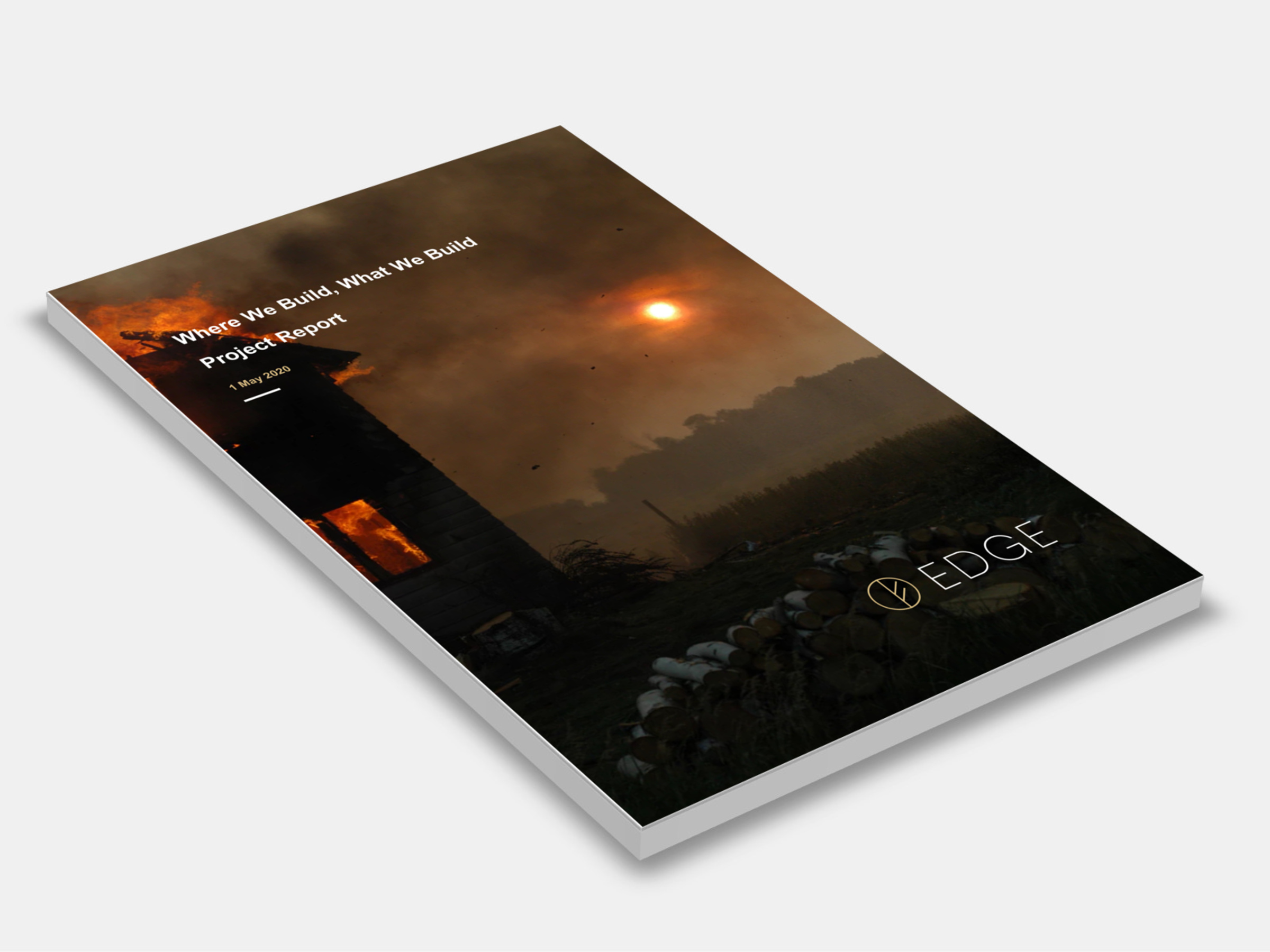
Type
Publisher
South Australian Government
Publisher
South Australian Government
Version:
2020.
(Current)
Short Description
The Where We Build What We Build project is supporting the Resilient Hills and Coasts (RH&C) region by enabling assessment of the climate risk exposure of homes and encouraging better climate risk mitigation decisions.